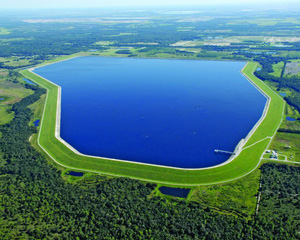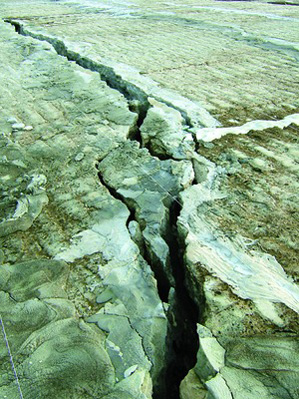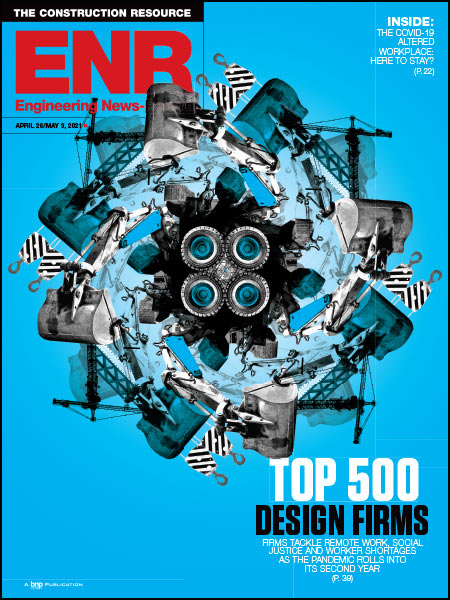As the case of Tampa Bay Water v. HDR Engineering begins, a key trial expert says he still has no official opinion about the cause of the disputed cracking.


By all accounts, Dr. David Carrier III is a preeminent geotechnical expert on soil science. A paper he co-wrote won a medal from the American Society of Civil Engineers, and he has written about building conditions on the moon.
However, when it comes to identifying the cause of the cracking at Tampa Bay Water’s C.W. “Bill” Young Regional Reservoir, Carrier says he is unable to make a definitive diagnosis.
With nearly $100 million on the line, the final verdict likely will be made by a jury of the U.S. District Court in Tampa. Tampa Bay Water and HDR Engineering, Omaha, are asking the jurors in the trial, which started on March 12, to decide if cracking at the utility’s six-year-old reservoir is due to design error or construction defects.
Tampa Bay Water recently stated it is seeking as much as $97 million from HDR, which was the engineer-of-record for the 15.5-billion-gallon reservoir. At trial, attorneys for the utility mentioned $92 million as a possible claim amount.
Attorneys for HDR are arguing that TBW is falsely claiming the problem is a design error in an effort to obtain a large damage award that could fund much of the pending $162.4-million rebuild. In Florida, designer’s liability is unlimited.
The cracking at the reservoir is occurring in two different sections that, witnesses say, equals about 10% of the facility’s embankment. TBW attorneys argue that, due to HDR’s faulty design, water within the embankment is getting trapped upon drawdown, leading to a condition of excess pore pressure that ultimately results in cracking. In one instance, Carrier testified that the level of water in the embankment remained as much as eight feet higher than the reservoir’s pool.
The trial’s first witness, Tampa Bay Water General Manager Gerald Seeber, cited a report from the utility’s system engineer, Black & Veatch, that backed the pore-pressure theory and recommended a fix of the entire embankment, which measures five miles in circumference.
HDR attorneys attempted to undermine Black & Veatch’s recommendation with documents indicating the firm voiced this opinion only after it confirmed that TBW’s “ultimate goal was to obtain a permit modification that will allow a withdrawal rate of up to 135 MGD.” The original design for the reservoir allows for a 66-MGD drawdown rate; HDR contends the embankment’s original design won’t accommodate the higher rate.



Post a comment to this article
Report Abusive Comment